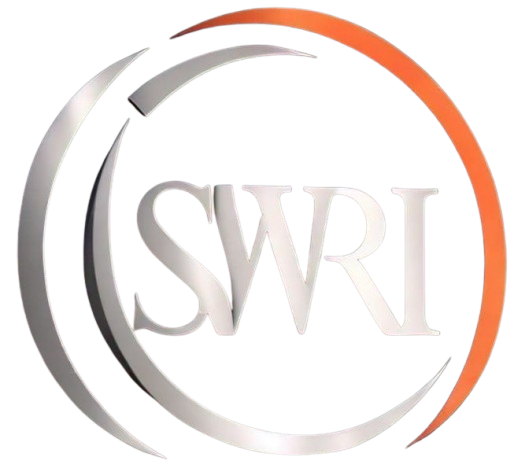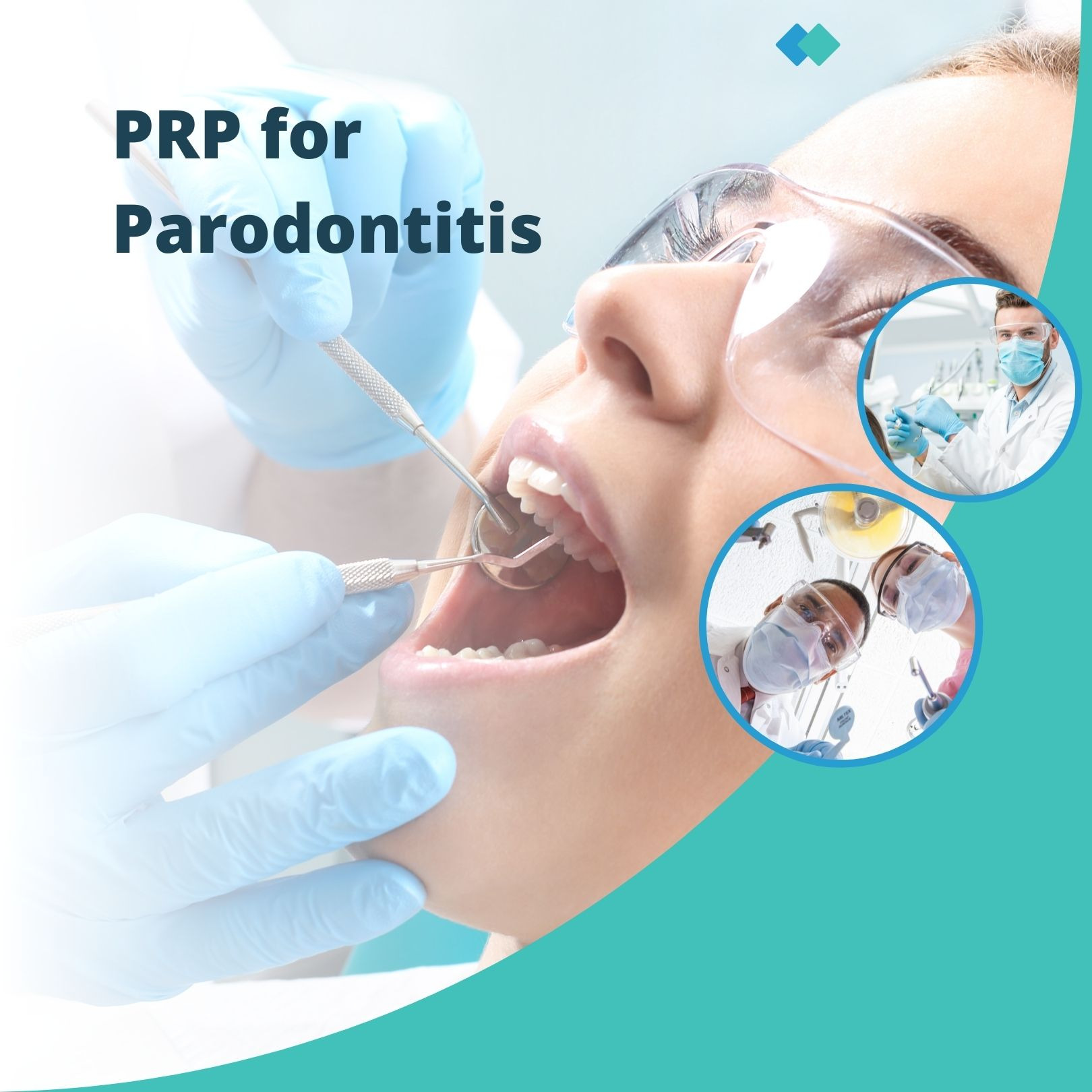Introduction
When it comes to teeth extractions, many human beings are understandably involved about restoration time, pain, and put up-operative complications. Platelet-Rich Plasma (PRP) remedy has been a growing answer in dental practices, touted for its ability to beautify recovery and reduce soreness after teeth removal. But what does PRP entail, and is it definitely well worth considering as part of a teeth extraction method? In this newsletter, we’ll take a deep dive into PRP, its applications in dentistry, benefits, costs, and ability dangers to help you make an informed choice.
Understanding Platelet-Rich Plasma (PRP)
What is PRP?
Platelet-Rich Plasma (PRP) is a healing technique that utilizes a affected person’s own blood to enhance the body’s herbal recuperation manner. In dentistry, PRP is ordinarily used to boost up tissue repair and decrease inflammation after surgical tactics like teeth extractions.
How PRP is Prepared and Administered in Dentistry
PRP is prepared by way of drawing a small amount of the patient’s blood and processing it in a centrifuge to separate the plasma and listen platelets. This platelet-rich plasma is then carried out to the extraction website online. Since it’s derived from the affected person’s personal blood, it minimizes the threat of infection and detrimental reactions.
Overview of Teeth Extraction

Tooth extraction is a commonplace dental system accomplished for various motives, including decay, contamination, or overcrowding. While necessary, it may cause soreness and extended restoration time.
Types of Tooth Extractions
- Simple Extraction: Removal of a teeth this is seen and available.
- Surgical Extraction: Involves removal of teeth that are not easily handy or impacted.
Reasons for Tooth Extractions
Tooth extractions may be endorsed due to:
- Severe decay or harm
- Infection that threatens surrounding tissues
- Overcrowding or instruction for orthodontic remedy
- Wisdom teeth that are impacted or inflicting ache
Top Pros and Cons
Pros
- Quick consumption.
- Increased engagement.
- Easier to percentage.
- Lower production charges.
- Higher frequency of posting.
- Clear cognizance on key messages.
- Beneficial for search engine optimization.
- Ideal for mobile customers.
- Quick updates to be had.
- Reduces weigh down.
Cons
- Lack of depth.
- Limited context.
- Missed branding opportunities.
- Perceived as less authoritative.
- Reduced statistics retention.
- Risk of oversimplification.
- Potential for misinterpretation.
- Less shareable over the years.
- Fragmented storytelling.
- Diminished reader loyalty.
Benefits of PRP in Dentistry
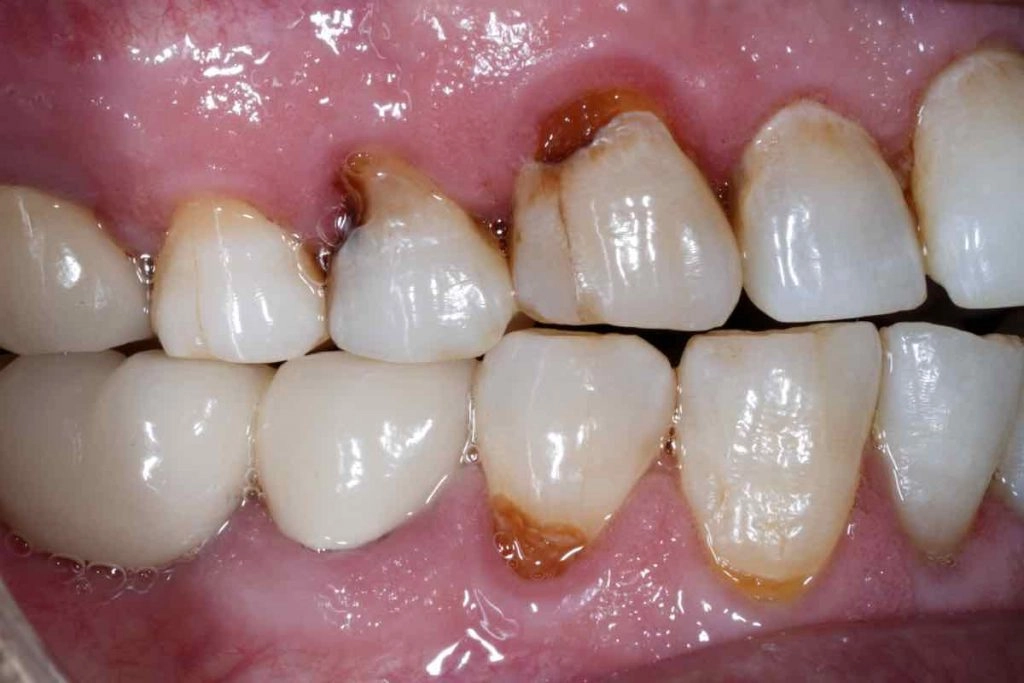
Accelerated Healing
PRP stimulates quicker tissue repair and regeneration, which can lessen ordinary healing time. The boom elements found in PRP encourage mobile growth, making it specifically useful in oral surgical treatment.
Reduced Inflammation
Applying PRP without delay to the extraction site minimizes infection. This, in turn, reduces swelling, making the recuperation system smoother and greater cushy for the affected person.
Tissue Regeneration
The growth factors within PRP not most effective useful resource in recovery however also sell tissue regeneration. This is crucial in dental extractions where bone and gum tissue healing is vital for future dental health.
PRP and Tooth Extraction
PRP is especially useful in tooth extractions, because it directly addresses many common post-extraction issues.
How PRP Affects Tooth Extraction Sites
By presenting an extra layer of safety to the extraction website online, PRP reduces the threat of complications, including dry socket, that’s a painful condition that occurs whilst the blood clot at the extraction site dislodges or dissolves earlier than the wound heals.
PRP in Socket Preservation
After a tooth is extracted, the encompassing bone and tissue can become worse if now not preserved. PRP promotes socket protection, helping the structure of the jaw and retaining bone density, that is in particular useful if dental implants are planned.
PRP Procedure in Tooth Extraction
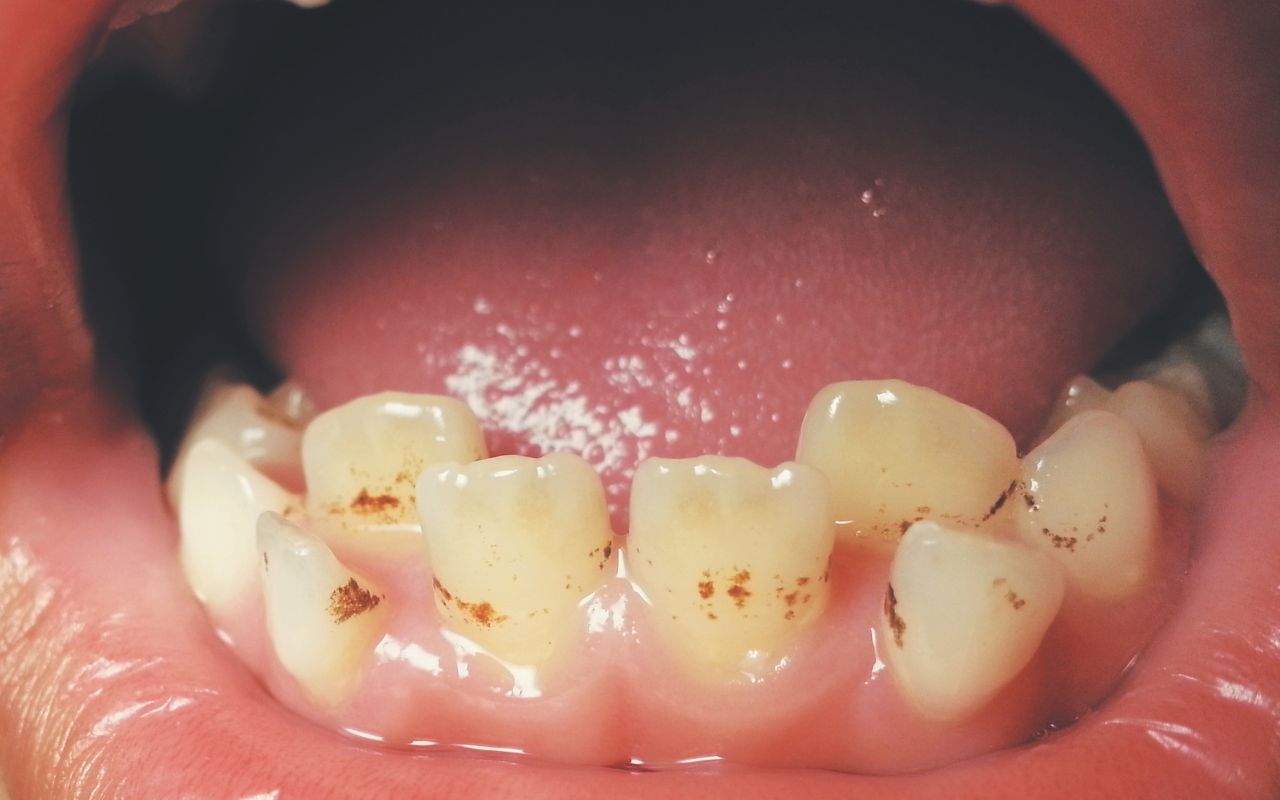
Step-via-Step Guide
Blood Draw: A small quantity of the patient’s blood is drawn.
Centrifugation: The blood is processed to concentrate platelets.
PRP Application: The PRP is then implemented to the extraction web page.
Patient Experience and Expectations
The complete system takes round 30–60 mins. Patients can count on less put up-operative pain and quicker recovery due to PRP, main to an standard extra cushy revel in.
PRP and Pain Management
One of the most appealing components of PRP is its capability to manipulate pain evidently, decreasing the need for sturdy painkillers.
Minimizing Post-Operative Pain
PRP allows control inflammation, a prime motive of pain publish-surgery. By reducing swelling, sufferers often report experiencing less ache and discomfort compared to traditional healing.
Decreased Need for Painkillers
With PRP, many sufferers require fewer or less effective pain medications, that’s especially useful for people sensitive to painkillers or wishing to avoid opioid use.
Cost of PRP with Tooth Extraction
Breakdown of Costs
The cost of PRP therapy can vary depending on the dentist, place, and complexity of the case. Typically, PRP adds a further $200–$500 to the extraction fee.
Comparing PRP with Standard Extractions
Though PRP is greater steeply-priced than traditional extractions, many locate the quicker healing and decreased pain nicely well worth the funding, especially for greater complicated extractions.
Clinical Studies and Effectiveness of PRP in Dental Procedures
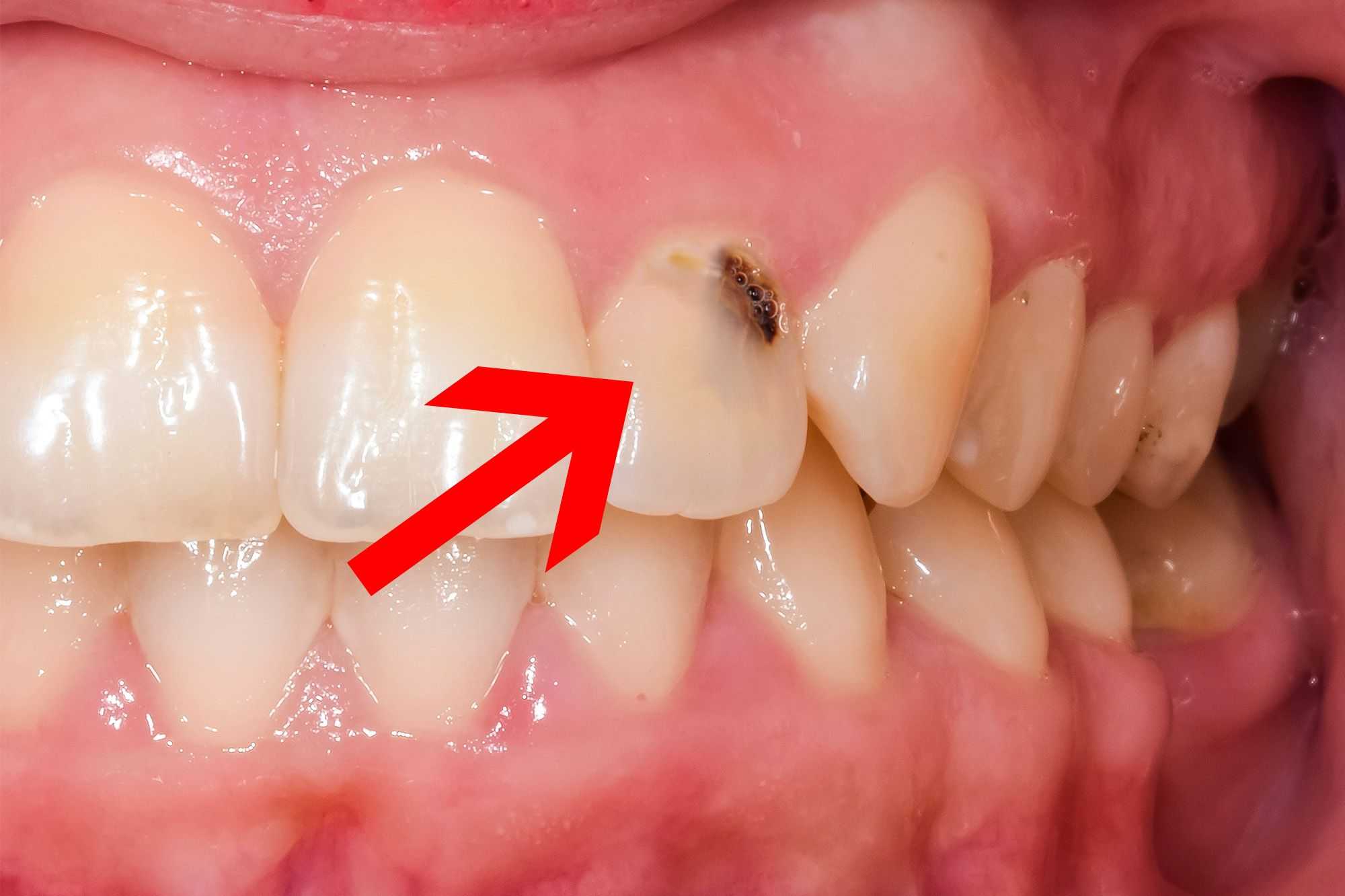
Overview of Research Studies
Studies have proven that PRP can notably beautify soft tissue and bone recuperation in dental techniques, especially extractions and implants.
Success Rates of PRP in Dentistry
Success prices for PRP in dental programs are excessive, with patients experiencing quicker healing times, higher recovery consequences, and fewer complications put up-surgical treatment.
Pros and Cons of PRP with Tooth Extractions
Pros of Using PRP
- Accelerated restoration and tissue restore
- Reduced infection and pain
- Low chance of unfavorable reactions (because it makes use of the affected person’s personal blood)
- Bone and tissue renovation for future dental paintings
- Cons and Limitations of PRP Use
- Additional value
- Not all dentists provide PRP therapy
- Requires a minor blood draw and processing time
Who Should Consider PRP with Tooth Extraction?
Ideal Candidates
PRP is particularly beneficial for sufferers with gradual recovery or excessive susceptibility to contamination. It’s additionally perfect for the ones making plans to get dental implants.
When PRP May Not Be Recommended
PRP won’t be ideal for individuals with blood issues or those on specific medicines. Consulting with a dentist or healthcare company is important to assess suitability.
Alternative Treatments to PRP in Dentistry
Traditional Healing Methods
Standard post-extraction care, inclusive of relaxation, ice, and medicine, remains powerful, though it can require an extended recuperation length.
Other Advanced Healing Technologies
In addition to PRP, options like laser therapy and bone grafting are available for better recovery and tissue assist in complex instances.
Safety and Risks of PRP Therapy in Dentistry
Potential Side Effects
Although uncommon, minor facet consequences of PRP may also consist of soreness on the injection website or slight bruising. Severe headaches are uncommon.
How to Minimize Risks
Ensuring PRP remedy is carried out by way of an authorized and skilled dentist can notably minimize any dangers.
Testimonials and Case Studies on PRP and Teeth Extraction
Real Patient Experiences
Many sufferers who have undergone PRP with enamel extractions file decreased ache and quicker healing, with a few sharing testimonies of returning to normal sports inside days.
Success Stories in Dental Applications
Numerous case research highlights the advantages of PRP in a success bone renovation and reduced put up-operative issues, helping its effectiveness in dentistry.
How to Choose a Qualified Dentist for PRP Therapy
What to Look for in a Dentist
Seek a dentist with PRP certification and revel in. It’s additionally smart to test critiques or are seeking recommendations for the ones specializing in dental surgical procedures and PRP.
Certification and Experience
Dentists educated in advanced PRP strategies ensure that the therapy is run thoroughly and successfully for most appropriate effects.
Frequently Asked Questions (FAQs)
What is PRP in Dentistry?
PRP, or Platelet-Rich Plasma, is a blood-derived remedy utilized in dentistry to promote quicker recovery and decrease infection.
How long does PRP take to heal?
With PRP, recuperation time is often shortened by way of several days, with maximum patients noticing faster recovery than with conventional techniques.
Does PRP lessen ache?
Yes, PRP has been proven to reduce inflammation, which helps in minimizing ache after extractions.
How an awful lot does PRP price for dental extractions?
The fee varies however typically provides $2 hundred–$500 to the overall extraction rate.
Are there any risks of the use of PRP?
PRP is taken into consideration safe, but minor dangers like discomfort or bruising at the injection web site can occur.
Is PRP safe for all age agencies?
Yes, PRP is secure for every age, as it uses the patient’s personal blood, reducing the chance of detrimental reactions.
Conclusion
PRP therapy may be a valuable addition to tooth extraction, offering faster healing, decreased pain, and enhanced healing. While it may upload to the overall cost, many patients find it well worth the investment due to the several blessings. For the ones considering teeth extraction, PRP is a worthwhile option to talk about along with your dentist, in particular if speedy recovery is a concern.
